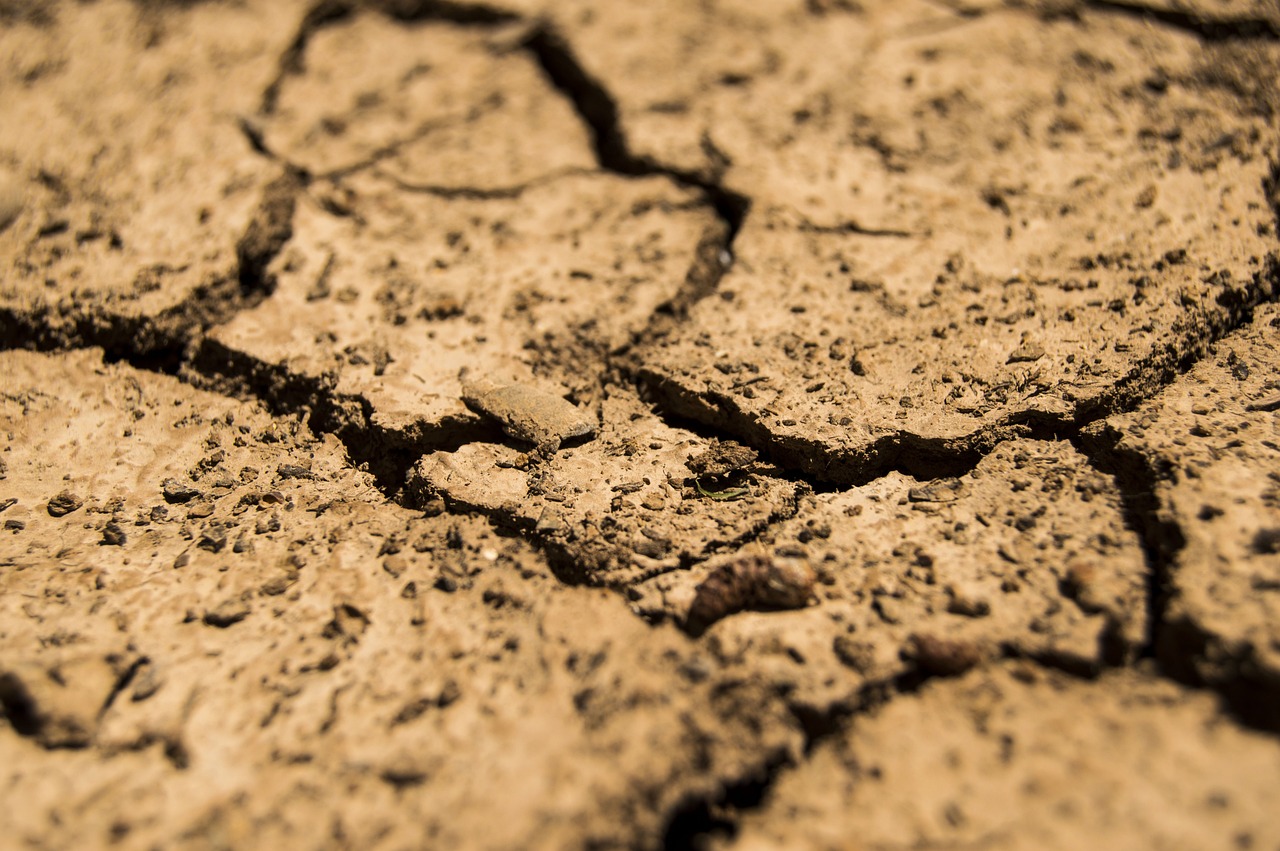Article Title:Approaches to environmental restoration of a polluted harbour with submerged archaeology: the Alexandria case study
Abstract:
Many invaluable underwater buildings of archaeological interest in Alexandria were discovered in 1996 at different sites in the Eastern Harbour of Alexandria. There is a belief that the best way to protect these invaluable heritages is to transfer them to an underwater park or museum. Obviously, the execution of such a project depends essentially upon the water quality (including water transparency) improving in the future. The harbour is presently polluted by discharge of wastewater effluents from different sources. It has recently been decided to restore this important coastal area through: (1) stopping the direct discharge of wastewater effluents into this semi-enclosed harbour in 1993 and (2) gradually reducing the discharge of the municipal wastewater through marine outfalls at two sites lying at the outer sides of the harbour. Zero discharge is expected to be effective by the end of the year 2001. The present work, therefore, is a follow up of the study of water quality in the harbour after 1993: in 1996 and 1999-2000. The water quality of an open sea reference station was also studied for comparison. The results reveal occurrence of an improvement of the environmental conditions in the harbour. The water has turned from being eutrophic to mesotrophic. The harbour is expected to become meso/oligotrophic as soon as the complete cessation of the discharge from the two outside sources is attained. (C) 2003 Elsevier Science Ltd. All rights reserved.
Keywords: restoration; water quality; wastewater; underwater archaeology; Alexandria; Egypt
DOI: 10.1016/S0025-326X(03)00056-0
Source:MARINE POLLUTION BULLETIN
Welcome to correct the error, please contact email: humanisticspider@gmail.com



